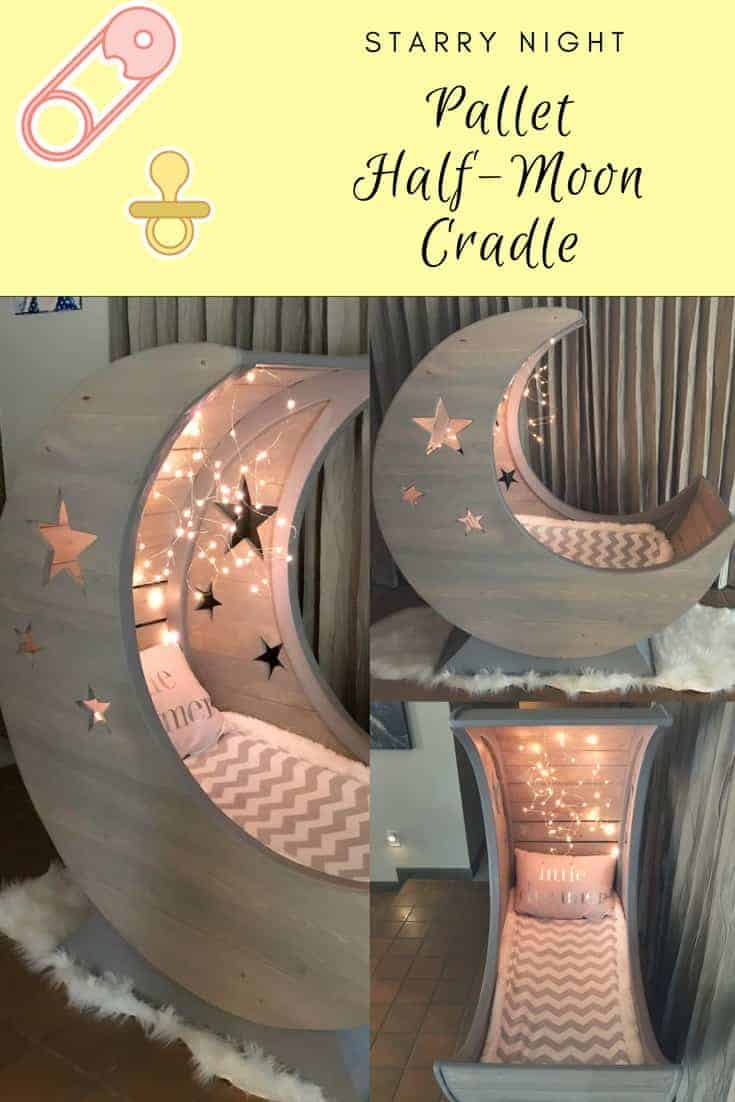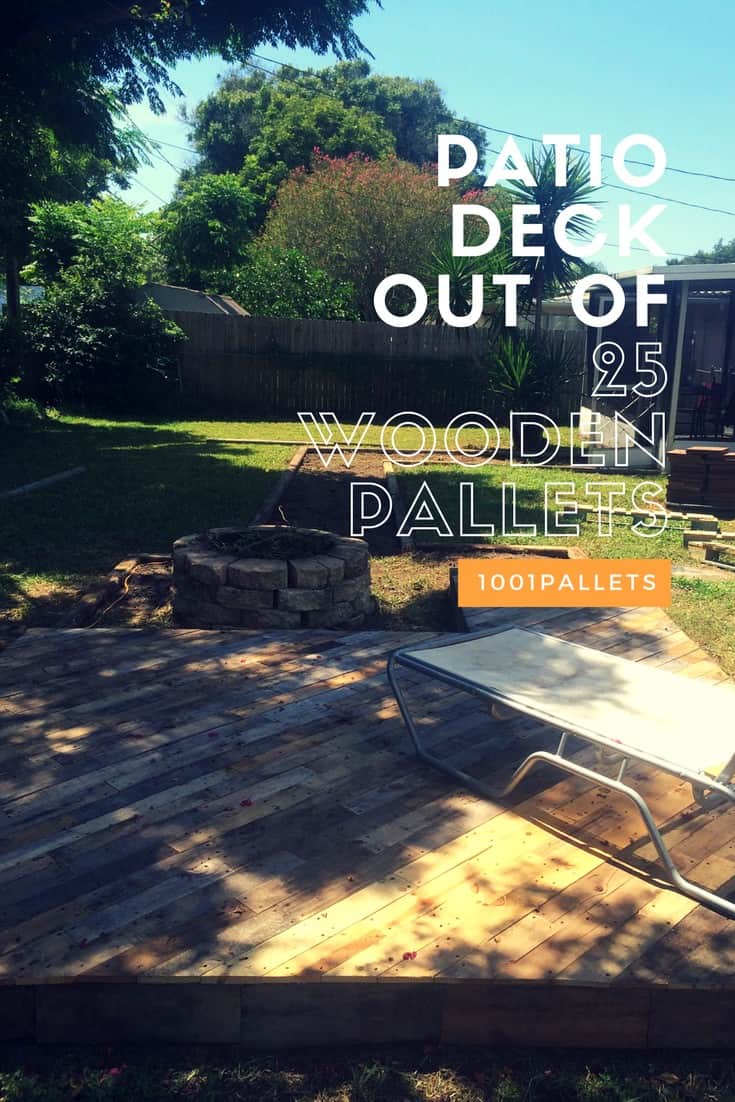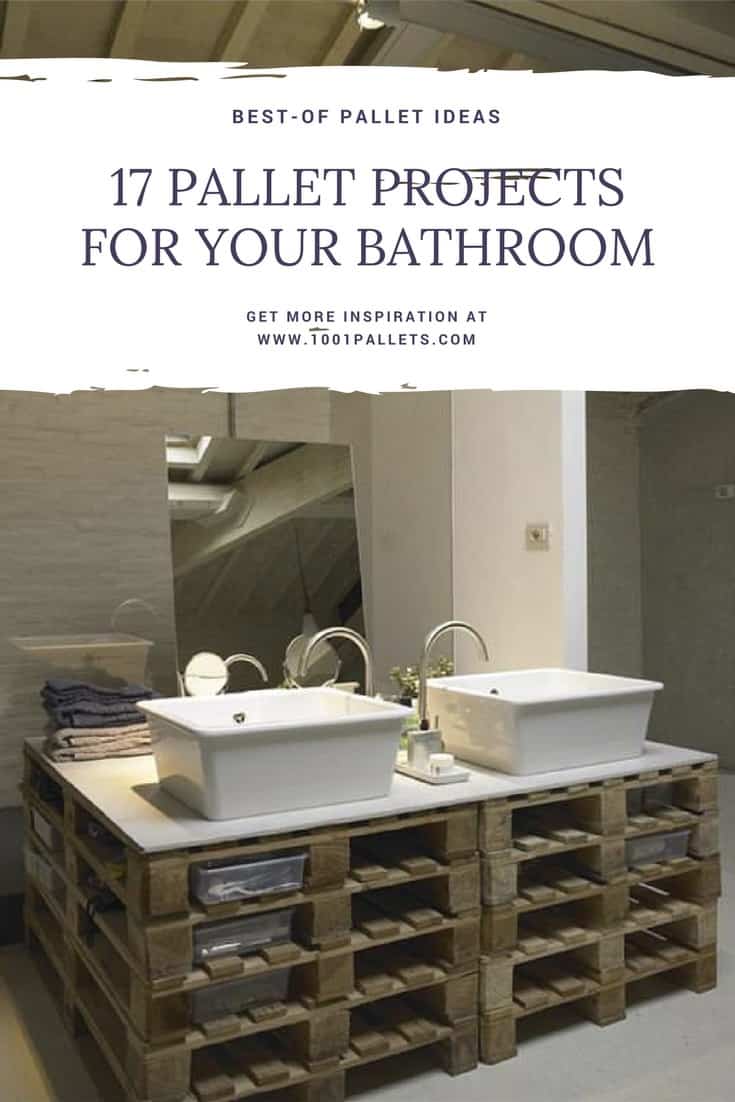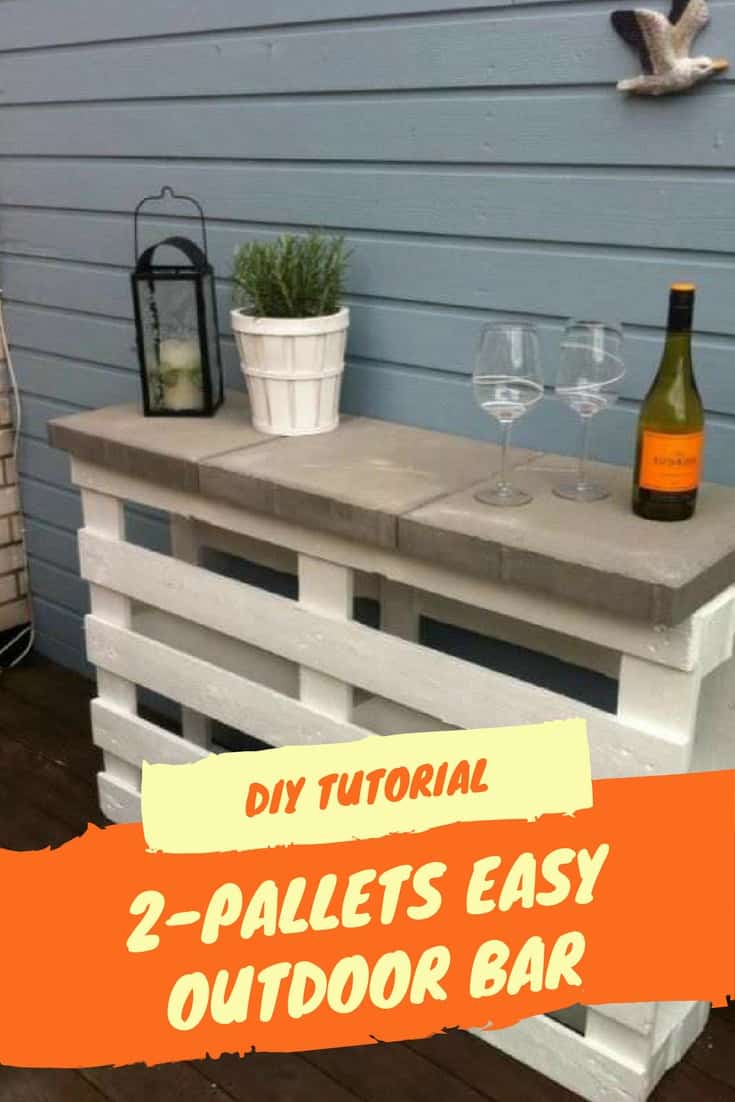
Wood, a fibrous resource material, is one of the most famous buildings and flooring materials on the market. It is used in making a wide variety of furniture, creates elegant wood floors, making a fire, building a house, and so many other uses. Wooden furniture is especially common and is sought after by loads of people today. However, many people wonder how wooden furniture holds up to humidity. In this post, we will consider how house humidity affects wooden furniture. We will also highlight how a small dehumidifier for the bathroom can help you.
Any carpenter worth his or her salt will tell you that wood and water simply do not mix. Thus, it is not out of place to ask if humidity is awful for your wooden furniture. Along with seeing the effect of moisture on wooden furniture, we will discuss some of the steps you can take to ensure that your wooden furniture is not adversely affected by your house weather.
Wood and furniture
Wood is a natural resource. The design of this material makes it perform in a wet environment. Due to its nature, wood absorbs and loses moisture based on the change in humidity if the surrounding air. This is done to even out its moisture content.
Hygroscopic nature of wood
Wood is hygroscopic. What this means is that when the wood is exposed to air, it will rapidly lose or absorb moisture until it achieves a balance with the humidity in the air.
Due to this nature, wood expands as it gains moisture, and it shrinks when losing moisture. It is essential to note that when this expansion and contraction occurs, it doesn’t happen equally in all parts of the wood. Therefore, humidity affects the structural properties of the wood. Some of these properties include but are not limited to weight, size, and strength.
Effect of humidity on wood
Wood is mostly affected by moisture. Just because furniture is “finished” with stains, sealers, and toners, many assume that it is moisture resistant.
The truth is, while these finishes will add a layer of imperviousness to the wood, it doesn’t stop the effects of moisture penetration from reoccurring.
Your furniture will absorb moisture from the air and through contact with liquids. What are the effects of humidity on wood? Let’s see.
The effect in humid climates

As we pointed out earlier, wood expands when it absorbs moisture. If the wood exists in a humid climate, it will be especially vulnerable to expansion as a result of the large concentration of moisture in the air. To what effect?
Well, the wood absorbs the moisture, which will cause it to swell. If this exposure is for a brief period, the chances are good that the wood will revert to its original size and shape. However, if the period of exposure is extended, the wood might not return to its original form. Some woods are better at this than others, which we will consider later in this article.
Another effect, which is especially common in kitchen cabinetry, is that the doors might begin to rub together. To prevent this, experts recommend that the maximum safe moisture content for untreated wood is 19%.
To ensure that this problem does not occur, it is essential humidity is controlled.
It is essential to note that the water by itself isn’t detrimental to the wood; instead, wood with a high moisture content will be an excellent breeding ground for fungi to grow.
The effect in dry climates

When the conditions are dry, or in low humidity, the wood will expend some of its moisture content. When this occurs, the wood is liable to shrinkage. For areas that experience winter, a heater is often the go-to source of warmth. While this is great for you, it is likely detrimental to the health of your furniture. The dry heat the heater produces will likely cause shrinkage.
Shrinkage is especially bad for wood. As the wood shrinks, gaps will occur at the joints of the furniture, thus weakening the wood. Even painted furniture, especially doors, display this problem.
How different types of woods react to humidity

There are several types of woods on the market that are used in making furniture. Different types of wood show different reactions to moisture. Wood generally shrinks and cracks in the dry season because of a loss of moisture. In the hot and humid season, it expands.
Heavier, denser woods often do with humidity that light woods.
It is essential to know the types of woods used for furniture and the effect of humidity for several reasons. One essential reason is that humidity or moisture can cause breakdowns like rotting or molding on the wood. Therefore, once you recognize the type of wood used in making your furniture, you will be better equipped to take care of it.
Types of wood and their relationship with humidity
Mahogany
Mahogany is a rather common wood. It is fine-grained and durable and is generally excellent for making furniture. It is one of the best woods concerning resistance to water. This wood is even used in the production of boats. Mahogany’s design means it is resistant to swelling, warping, and shrinking. Due to this durability, and its lovely, elegant color, it is one of the most expensive options on the market.
Walnut
Walnut is another quite common option on the market. It is a strong, finely-textured wood that carpenters love due to its ease of working. It gives stunning finishes and looks classy. You will find it in wall paneling and cabinetry. Just as mahogany, it resists moisture. It is resistant to warping and shrinking, as well.
Maple
Maple is similarly finely-textured. It is often found on floors and can also be used in furniture. Nevertheless, it isn’t as moisture resistant as the types of wood we have discussed so far. As a result, it will experience some degree of shrinkage when in permanently humid conditions.
Oak
Oak marks a return to the super-moisture resistant type of wood. It is an excellent type of wood that finishes well and is used for several things. You can find oak used in furniture, boat frames, and flooring. It is resistant to warping and absorption.
Cherry
Cherry is another type of wood that resists humidity quite admirably. It is close-grained and has the unique feature of reddening when exposed to sunlight. As a result, it is found in decorative fixtures and is excellent for cabinetry. Importantly, it resists shrinking and warping effectively.
Pine
Pine might be a softwood, but it is an excellent humidity-resistant wood. It stands up to moisture quite well and is excellent for most projects. It is resistant to swelling, shrinkage, and warping. Aside from being used in furniture making, it is also used in construction.
Teak
Teak is arguably the most moisture resistant type of wood. It is found in ships, used for flooring and in construction. It is highly resistant to cracking, rot, warping, decay, and other adverse effects of moisture.
Spruce
Spruce is significantly resistant to decay and rot; however, it suffers some shrinkage in dry conditions.
Cedar
Cedarwood is very resistant to molding and rot; however, it suffers some shrinkage and expansion.
How to protect your furniture
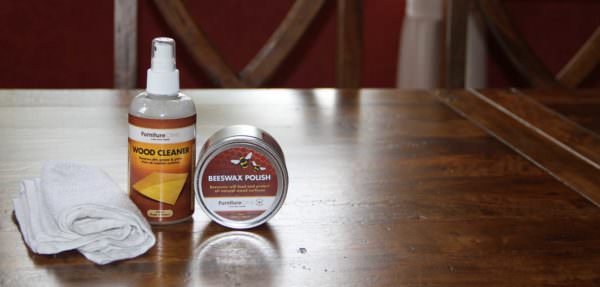
In the winter or summer months, people use air heating systems that can affect the furniture. Since these technologies are relatively new, humidity damage resulting is a new issue.
In the winter, some folks opt to use a heating system, which, as pointed out earlier in this post, will dry out the air and reduce the humidity. And in the summer, many resorts to using air-conditioners, which also reduces the humidity. While this equipment makes for a more comfortable environment, they can cause problems for the furniture.
A heater is especially inimical to furniture because they make the humidity drop very quickly. Wood is a source of moisture, and these systems act to suck out the moisture from available sources: including furniture. The dryness that results from the removal of moisture content causes cracking or splitting, which are near-irreversible problems.
Although air-conditioning doesn’t do as much damage as a heater, it can also cause problems of its own.
So, then, how can you protect your wood furniture? Let’s see.
How wood is protected
One of the best examples to follow when protecting the wood from damage can be found at museums. To preserve antique wood pieces, museums have taken several measures worthy of imitation.
As earlier mentioned, a highly humid environment results in expansion as the wood strives to achieve equilibrium with the humidity in the air. Too little humidity, on the other hand, will result in loss of moisture, which causes shrinkage cracking and drying.
To ensure that this doesn’t occur to the valuable wooden pieces, museums regulate the relative humidity. In museums, the relative humidity is watched via a recording hygrothermograph. This device works to measure the temperature and humidity of the environment. The hygrothermograph is frequently calibrated due to its sensitive working mechanism.
Aside from carefully watching over the humidity levels, museums also use sophisticated air control devices. These devices are designed to stop and drastic adjustments in the humidity and temperature of the environment.
Most of the best museums around the world with valuable wooden artifacts come with sophisticated HVAC systems that ensure that the temperature and humidity are at a constant level. From our research, we discovered that most of the museums maintain a temperature of 70 degrees Fahrenheit and humidity of 50%. This temperature and humidity are maintained at all times of the year.
Moreover, if there are any variations, these museums have sensors that indicate such changes. Hence, the workers can immediately know when things are unusual and can work to correct any problems.
How you can protect your furniture
Except you have some serious funds, you will likely be unable to get all the fancy features and equipment used by museums in protecting their wooden treasures. Nevertheless, you can also, in your little way, keep your furniture safe.
When winter strikes, you might opt for a wooden polish on your wood pieces to keep them in excellent condition.
A more comfortable and usually more effective means of protecting your furniture is by using a humidifier. Using a humidifier is an excellent way of ensuring that your home does not become dry. Later in this post, we will discuss more humidifiers and why they are great.
Another step you can take to protect your furniture is by keeping it out of direct contact with sunlight. Sunlight will suck out the moisture in the wood and will cause drying and cracking.
How humidifiers can help you
There are several reasons why you should get a humidifier for your home. In most cases, humidifiers are great for cold months. They serve to fight the dry air and reduce the effect it might have on your health. Dry indoor air can lead to several health problems like a bloody nose, sore throat, dry skin, and more. However, as with the rest of this post, we are concerned about the effect the humidifier will have on your wood.
Wooden floors and furniture last longer when they are in an environment where the humidity is controlled.
Using wood in the bathroom
For most folks, using wood in the bathroom is odd. And because the bathroom is the most humid part of the home, it is right to be concerned. Bathrooms are usually draped in moisture and humidity from the shower.
Warping, rot, and cracking are just some of the effects you might be concerned about. However, with the proper precautions, and when done right, you can have real wood furniture in your bathroom.
Using reclaimed wood
Reclaimed wood furniture is an excellent addition to the shower. Why? Well, reclaimed wood furniture is often already aged. Hence, it has been weathered and dry. Due to these factors, reclaimed wood is usually less vulnerable to the warping and shrinkage other wood furniture might experience. Due to its age, it can take punishment.
Additionally, aesthetically, reclaimed wood adds character to your bathroom and tells a story.
Using hardwood
Using hardwood is another excellent way to use real wood in your bathroom. Hardwood vanities made of hardwood are sturdier and will last longer than more common options on the market. Due to the density, hardwood will last for several years and is more resistant to shrinking and warping.
Other measures
While reclaimed wood and hardwood offer excellent resistance, there are different ways to ensure that wood furniture lasts longer.
- Opening a window is an excellent option, especially if you live in warm climates. However, if you live in a cold region, you might want to wait till things heat up a bit before cracking the window open. An open window ensures that less moisture is trapped in the bathroom.
- If you have glass fixtures in the bathroom, wiping down after using the shower will help to eliminate condensation which can slowly seep into wooden fixtures
- Use a dehumidifier. A small dehumidifier for a bathroom is an excellent option for making your wooden fixtures last longer.
Types of humidifiers
There are different types of humidifiers on the market today. However, we will consider five of the most common categories of humidifiers. These are:
- Warm mist
- Evaporative
- Vaporizers
- Ultrasonic, and
- Cool mist
Warm mist humidifier

Warm mist humidifiers are usually used in the home or bathroom in colder months. They work by heating water to create vapor. The vapor is cooled before it is released.
Advantages of warm mist humidifier
- Warm mist humidifiers decrease the risk of bacterial contamination as a result of heat
- It can be used in treating cold and flu by adding inhalants
- Quiet
Disadvantages of warm mist humidifier
- Warm mist humidifiers are not excellent for use around children since there is a risk of burns
- Difficult to clean
- Low energy efficiency
| # | Preview | Product | Rating | Price | |
|---|---|---|---|---|---|
| 1 |
|
Vicks Warm Mist Humidifier Small to Large Room Vaporizer for Baby, Kids and Adults, 1 Gallon Tank | 23,893 Reviews |
$39.99 |
Shop Now |
| 2 |
|
6L Humidifiers for Bedroom Large Room, Cool and Warm Humidifiers for Plants Mist Top Fill Desk... | 6,022 Reviews |
$29.99 |
Shop Now |
Evaporative humidifier

The evaporative humidifier uses a fan to circulate humidity. If you have kids or pets and what to prevent injuries, then you will find this an excellent option.
Advantages of evaporative humidifiers
- Not hot surfaces
- Easy to clean and maintain
- Self-regulating
Disadvantages of evaporative humidifiers
- They are rather noisy
- Mineral dust accumulation
| # | Preview | Product | Rating | Price | |
|---|---|---|---|---|---|
| 1 |
|
Honeywell Cool Moisture Humidifier, Medium Room, 1 Gallon Tank, White – Invisible Moisture... | 13,742 Reviews |
$79.99 |
Shop Now |
| 2 |
|
Lamon® Humidifiers for Bedroom, 400ml/H Cool Evaporative Humidifier for Home with Anion & Filter,... | 1,052 Reviews |
$119.98
$99.98 |
Shop Now |
Vaporizer humidifiers

The vaporizer can come in either a cool mist or a warm mist. They are excellent for treating colds and flu since you can add inhalants to them. They are also quite cheap and affordable.
Advantages of vaporizer humidifiers
- Low risk of bacterial contamination
- Inhalants can be added
- Quiet operation
Disadvantages of vaporizer humidifiers
- Uses lots of energy
- Gets hot and can cause burns
- Difficult to clean
| # | Preview | Product | Rating | Price | |
|---|---|---|---|---|---|
| 1 |
|
AquaOasis® Cool Mist Humidifier (2.2L Water Tank) Quiet Ultrasonic Humidifiers for Bedroom & Large... | 102,037 Reviews |
$49.99
$29.97 |
Shop Now |
| 2 |
|
Vicks Warm Mist Humidifier Small to Large Room Vaporizer for Baby, Kids and Adults, 1 Gallon Tank | 23,893 Reviews |
$39.99 |
Shop Now |
| 3 |
|
Vicks Warm Steam Vaporizer, Small to Medium Rooms, 1.5 Gallon Tank – Warm Mist Humidifier for Baby... | 9,092 Reviews |
$17.98 |
Shop Now |
Ultrasonic humidifier
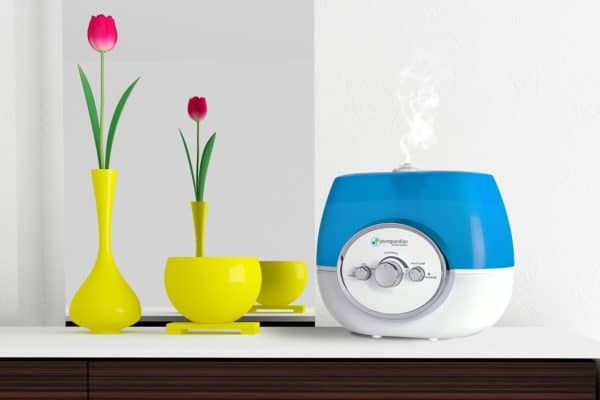
The ultrasonic humidifier is a sophisticated device that creates water droplets, which are then added to the air. These humidifiers are great since they use little energy and are quiet.
Advantages of ultrasonic humidifiers
- Low energy usage
- Quiet operation
- Cool performance with no risk of burns
- Easy to clean and maintain
Disadvantages of ultrasonic humidifiers
- Susceptible to bacterial contamination
- Expensive
| # | Preview | Product | Rating | Price | |
|---|---|---|---|---|---|
| 1 |
|
BREEZOME 6L Humidifiers for Bedroom Large Room & Essential Oil Diffuser, Ultrasonic Top Fill Cool... | 3,156 Reviews |
$79.99
$39.99 |
Shop Now |
| 2 |
|
AquaOasis® Cool Mist Humidifier (2.2L Water Tank) Quiet Ultrasonic Humidifiers for Bedroom & Large... | 102,037 Reviews |
$49.99
$29.97 |
Shop Now |
Cool mist humidifiers

The cool mist humidifiers create a cool vapor to add moisture to the air. If you live in a warm region, then you will find the cool mist humidifier an excellent addition to the home.
Advantages of cool mist humidifiers
- Cool vapor emission
- Cheap
- Easy to clean and maintain
- Safe for kids and pets
Disadvantages of cool mist humidifiers
- Noisy performance
- Risk of bacterial contamination
| # | Preview | Product | Rating | Price | |
|---|---|---|---|---|---|
| 1 |
|
AquaOasis® Cool Mist Humidifier (2.2L Water Tank) Quiet Ultrasonic Humidifiers for Bedroom & Large... | 102,037 Reviews |
$49.99
$29.97 |
Shop Now |
| 2 |
|
Cool Mist Humidifiers for Bedroom - 2.2L Water Tank, Baby, Office, Quiet Ultrasonic Air Vaporizer,... | 3,051 Reviews |
$19.09
$16.79 |
Shop Now |
How to choose a small dehumidifier for the bathroom
As you choose the best dehumidifier for you, there are several factors that you should consider.
In this section, we will briefly discuss some of these features.
Area of coverage
This factor is essential as it considers the size of the area the machine should work for. If you plan on using it just for the bathroom or using it for a larger area aside from the bathroom, you should factor this in as you make a purchase.
Moisture levels
You should also consider the moisture levels that your dehumidifier will work with. For folks that dry out clothes in the bathroom, humidity levels will be increased, and the dehumidifier will have to do more work.
Performance
The ability of the device to suck in the moisture from the air is an essential consideration. The rate of dehumidification will indicate the maximum moisture the dehumidifier can extract in a day.
Noise
Some humidifiers, in the course of operation, are rather loud. Thus, you should research on the noise levels of a humidifier before making a purchase. Modern dehumidifiers now come with soundless technology, which is somewhat comforting.
If you still not sure whether you need a small dehumidifier for the bathroom and what to look for exactly, you can further read this handy buying guide that will give you a clue.
Conclusion
Wood furniture can be a beautiful part of your home, and might even rank as some of your most prized possessions. Hence, you need to consider all factors that might be damaging to it, especially humidity. By keeping moisture at the right level, avoiding direct exposure to sunlight, using a humidifier or dehumidifier, and using the information in this post, you will be better equipped to ensure your valuable possessions last longer.


